-
August 31, 2016
Caitlin Dillard, a PhD candidate advised by Prof. Vibha Kalra, receives the Electrochemical Society (ECS) Student Travel Award (Battery Division) to attend and present her research at the fall 2016 ECS conference in Honolulu, HI.
Read More

August 30, 2016
Drexel University’s A.J. Drexel Plasma Institute was renamed the C. & J. Nyheim Plasma Institute in honor of a generous donation of John and Christel Nyheim, longtime Drexel supporters with a passion for science and discovery. The name change was made official in a June 6 ceremony.
Read More

August 29, 2016
In this last Heard Around Campus before the start of the new academic year, take a moment to reflect on all that has been accomplished this past year and what will be celebrated in the future.
Read More

August 26, 2016
Thanks to a generous donation from John and Christel Nyheim, the A. J. Drexel Plasma Institute is now known as the C. & J. Nyheim Plasma Institute.
Read More
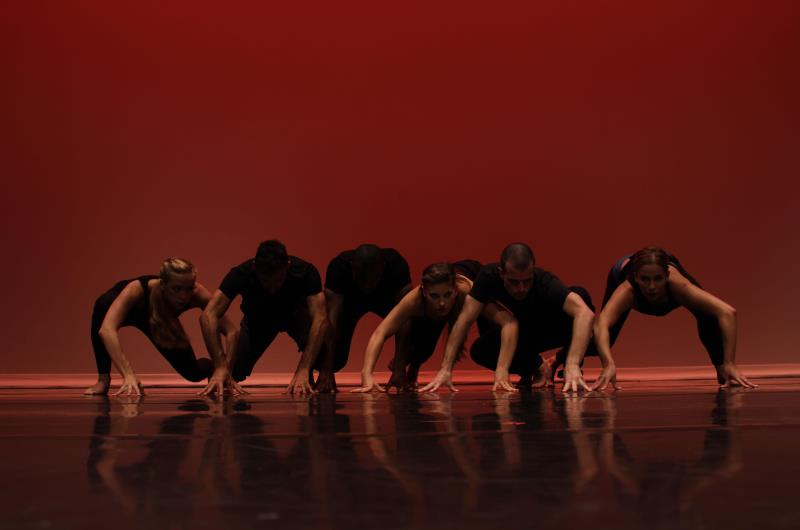
August 25, 2016
The Federal Aviation Administration has counted nearly 325,000 registered drone operators as of Feb. 8, 2016 – although this number represents only a fraction of the unmanned aerial vehicles currently at the fingertips of humans. According to the FAA, the average drone operator owns one and a half drones, putting the number of flying robots closer to half a million…but how many of these drones will dance?
Read More
-
August 24, 2016
A paper by Jasmine Gardner and Cameron Abrams (with co-author Markus Deserno of CMU) entitled, "Effect of intrinsic curvature and edge tension on the stability of binary mixed-membrane three-junctions", has been selected as a Featured Article in the 21 August 2016 issue of the Journal of Chemical Physics. Read more here.
Read More
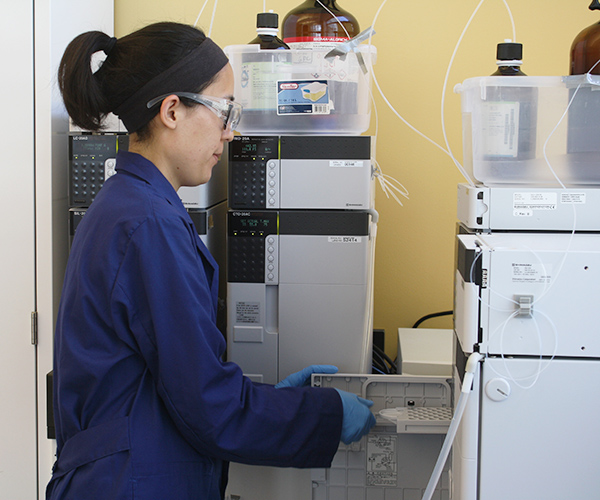
August 22, 2016
Drexel Materials has undergone research facilities expansion this academic year, especially in the areas of energy and polymers.
Read More

August 18, 2016
Assistant Professor Ekaterina Pomerantseva has received a three-year $224,772 NSF grant award through the Division of Chemical, Bioengineering, Environmental and Transport Systems for her project “High-performance nanowire cathodes with stabilized microporous tunnels for Na-ion batteries.”
Read More
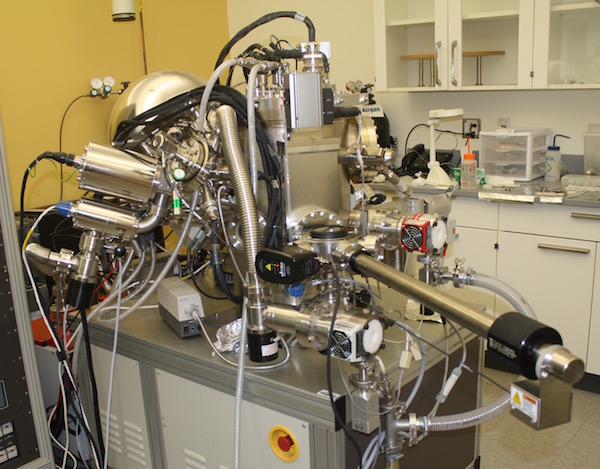
August 16, 2016
A conversation with Professor Jonathan Spanier, Director of Drexel's Core Facilities, about their recent renovation and plans for the future.
Read More
-
August 16, 2016
Click here for full story.
Read More
-
August 10, 2016
Dr. Ken Lau will be host and chair of the 9th International Conference on Hot Wire (Cat) and Initiated Chemical Vapor Deposition (HWCVD9) that will be held at the Chemical Heritage Foundation from September 6 to 9, 2016. The conference will bring together more than 50 participants from countries that include the U.S., Canada, Mexico, Netherlands, Germany, Austria, Spain, Japan, South Korea, India, and South Africa.
Read More
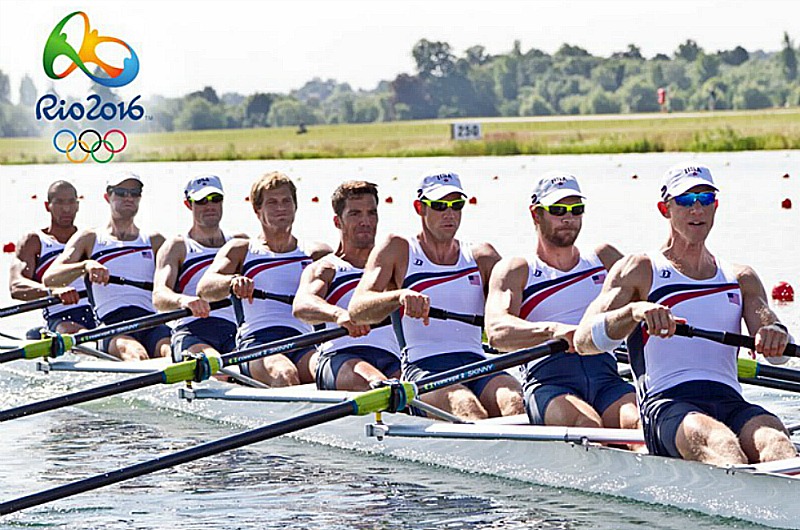
August 10, 2016
Five Drexel Dragons have competed in those international games — with two of them acting as the official flag bearers for their country during the opening ceremonies. Four of these athletes competed when they attended Drexel and all five are from the College of Engineering.
Read More
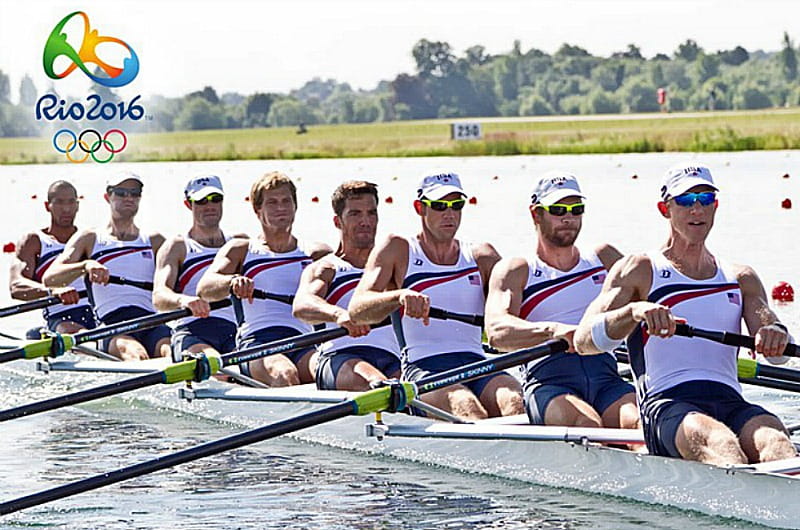
August 10, 2016
A Drexel alum is currently in Rio for his second Summer Olympics, thus becoming the most recent in a line of Drexel Dragons who have repeatedly competed in the Olympic and Paralympic games.
Read More
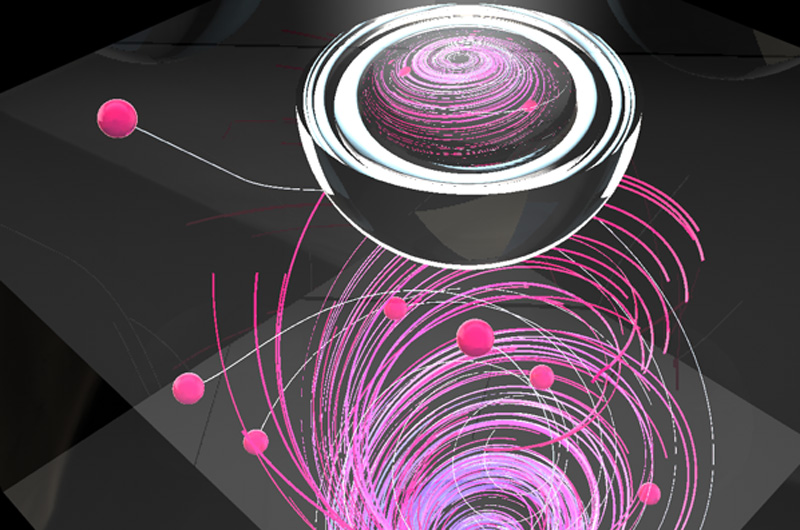
August 09, 2016
Designers of solar cells may soon be setting their sights higher, as a discovery by a team of researchers, which includes Drexel Materials Professor Jonathan Spanier, has revealed a class of materials that could be better at converting sunlight into energy than those currently being used in solar arrays.
Read More

August 08, 2016
Associate Professor Caroline Schauer is the recipient of the Drexel Fellowships Office 2016 Faculty Mentor Award. This award recognizes the efforts and critical role of faculty members who consistently go the extra mile to cultivate, prepare, and guide students in their applications to nationally-competitive fellowships.
Read More
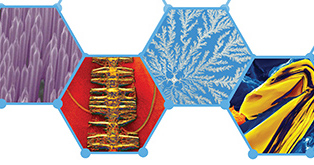
August 08, 2016
A research institute to be led by Materials Department Head and Professor Michele Marcolongo titled Biologically-Inspired and Resource-Conserving Advanced Materials (BRAVE) is one of the first recipients of funding through the new initiative Drexel Areas of Research Excellence (DARE).
Read More

August 08, 2016
Designers of solar cells may soon be setting their sights higher, as a discovery by a team of researchers has revealed a class of materials that could be better at converting sunlight into energy than those currently being used in solar arrays.
Read More
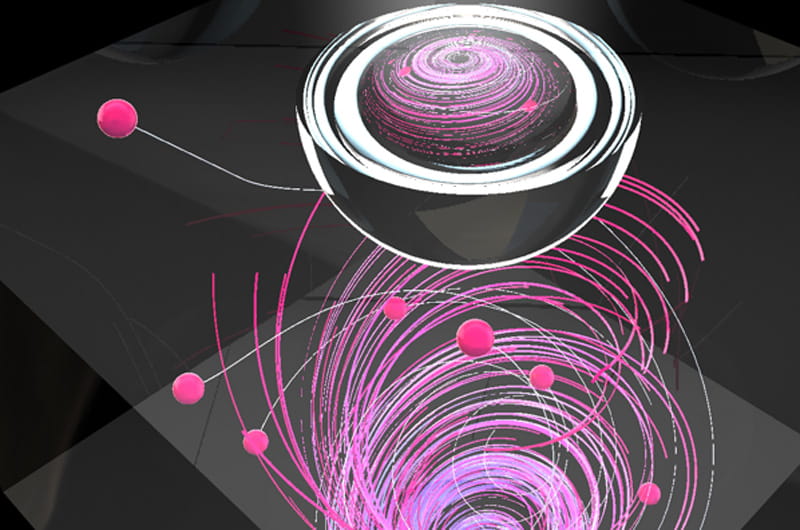
August 08, 2016
Designers of solar cells may soon be setting their sights higher, as a discovery by a team of researchers has revealed a class of materials that could be better at converting sunlight into energy than those currently being used in solar arrays. Their research shows how a material can be used to extract power from a small portion of the sunlight spectrum with a conversion efficiency that is above its theoretical maximum — a value called the Shockley-Queisser limit. This finding, which could lead to more power-efficient solar cells, was seeded in a near-half-century old discovery by Russian physicist Vladimir M. Fridkin, PhD, a visiting professor of physics at Drexel University, who is also known as one of the innovators behind the photocopier.
Read More

August 05, 2016
When Katy Perry sang “Rise” and “Roar” on the last day of the Democratic National Convention last week [July 28], the country heard her passionate tunes without any transmission glitches. Kudos goes in good measure to four Drexel graduate students.
Read More
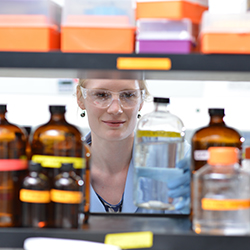
August 05, 2016
Drexel Materials undergraduates will soon have a dedicated laboratory space to conduct research for upper level undergraduate laboratory courses and senior design.
Read More
-
August 03, 2016
Research by Aaron Farfarman, PhD, an assistant professor in the College of Engineering and College of Arts and Sciences, was featured in an Aug. 1 post on Solar Novus Today, a website that focuses on news related to solar energy technology. Farfarman was part of a team of researchers who recently published on a new way to improve high-performance solar cell materials.
Read More

August 02, 2016
Drexel’s Summer Music Technology program brings high school students to campus for a week of exploration, discovery and invention, with the goal of tying music to innovation in science and engineering. This summer marks the 10th year of the program, which started in Youngmoo Kim’s Music Entertainment Technology Lab in 2007, and has grown into an institution at Drexel’s Expressive and Creative Interaction Technologies (ExCITe) Center.
Read More